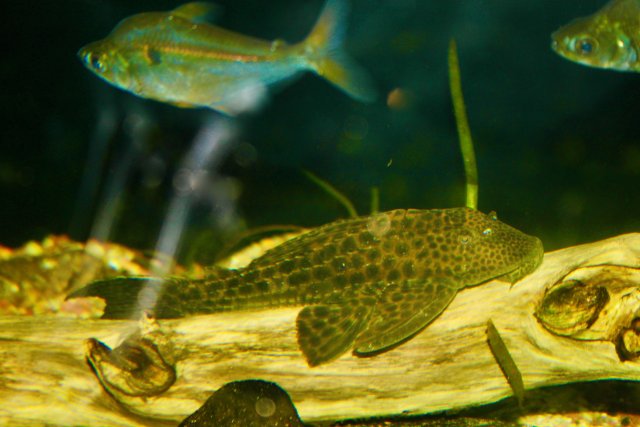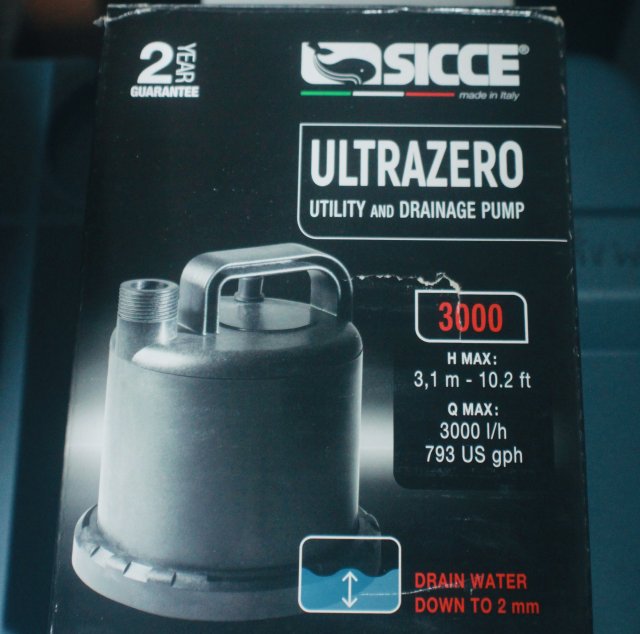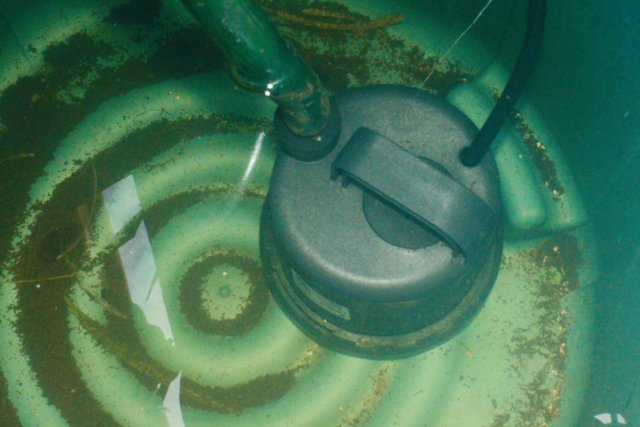Amazing I would have thought it would tint. Maybe just fill up a test tank with leaves with just enough water to cover? I had a chunk of oak branch (with the bark) I boiled in my monster steel pot. It did turn the water dark brown after boiling an hour (but it took twenty five minutes just to simmer).
What I'm trying to do is get an idea of how many almond leaves it might take before any change in color or in pH is noticed at all.
I realize, that if I put a bushel or two of leaves in the tank, it would probably happen like that.
There seems to be a lot of anecdotal ideas floating around about how "almond leaves" are the black water panacea, that they will alter pH, and people may be buying them, thinking this or that will absolutely happen.
By my doing it gradually, we my find out ( maybe not) if, or how much it will take in my average size 100-200 gal tank, with pH 8 water to do the job.
This may give an idea if its worth the trouble for someone who is mildly interested.
Since nothing has happened as of yet though, I may double up on on adding more, so as not to become boring.
It may be, to get a decent black water tint, I may need a bushel, or constant 3" layer of leaves covering the entire substrate.
This may or may not be what many aquarists think of, as an aesthetically type decor, and want to do to their tank.
There is some new research showing tannins are a normal and important part of most tropical species health.
For black water species this seems obvious, but the advantage for non-black water species may also be important.







